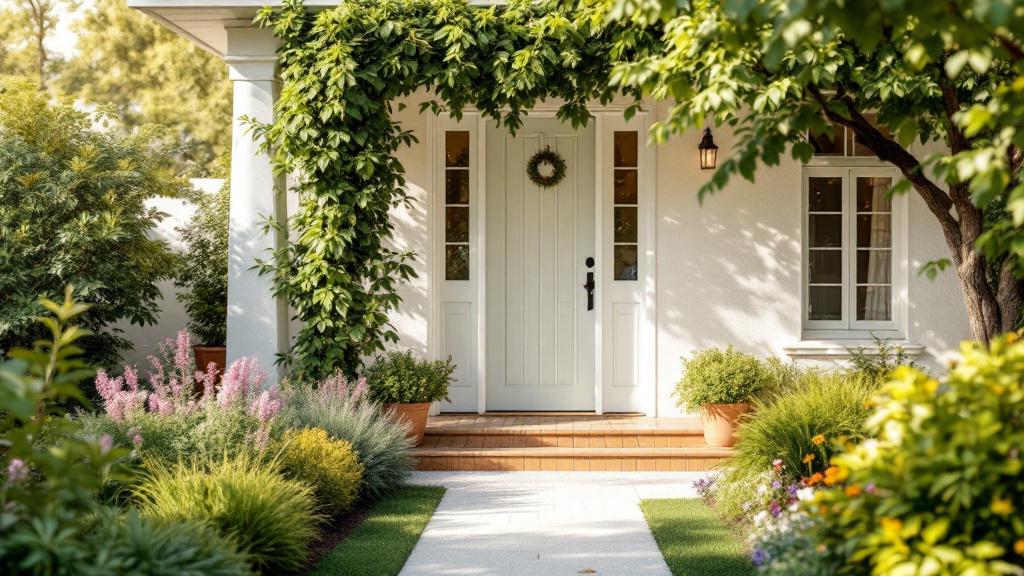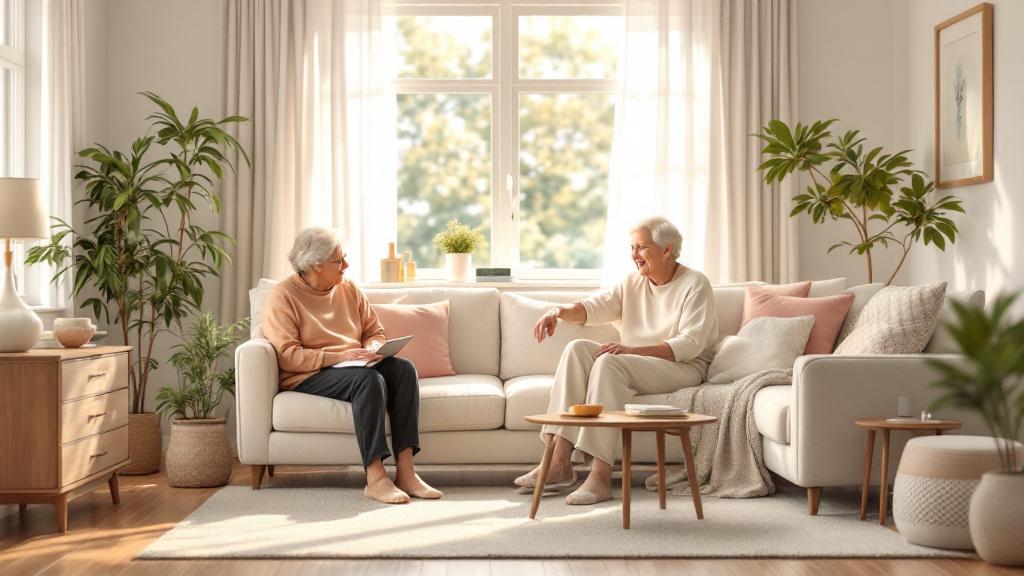Top Vision Support Strategies for Senior Residents in Nursing Homes
Explore vision support for senior residents to enhance visual wellness and tackle common vision issues effectively.
.jpg)
Understanding Vision Support for Senior Residents
Importance of Visual Wellness
Visual wellness is crucial for senior residents as it greatly affects their overall quality of life. Good eyesight enables individuals to perform daily activities, interact with others, and maintain independence. When vision is compromised, it can lead to feelings of isolation and a decline in mental health.
Common Vision Issues in Seniors
As individuals age, they may experience a variety of vision problems. Understanding these issues can help in providing appropriate support for senior residents.
Benefits of Vision Support
Implementing effective vision support can significantly enhance the well-being of senior residents. Proper assistance can lead to numerous benefits.
Providing robust vision support for senior residents not only addresses their visual needs but also fosters independence and enhances their overall quality of life.
Preventive Measures
To ensure optimal vision support for senior residents, taking preventive measures is essential. Two key areas to focus on include regular eye exams and proper lighting in living spaces.
Regular Eye Exams
Regular eye exams are crucial for maintaining eye health and detecting any issues early on. Seniors should schedule comprehensive eye exams with an eye care professional at least once a year. These exams can help identify conditions such as cataracts, glaucoma, and macular degeneration, which are more common in older adults.
This proactive approach helps ensure that any necessary treatments are started promptly, thereby minimizing the risk of severe vision impairment.
Proper Lighting in Living Spaces
Proper lighting in living spaces is vital for enhancing visibility and reducing eye strain. Seniors may need brighter light sources as they age, as their eyes may not adapt to changes in light as quickly as they once did.
Here are some lighting tips for creating a vision-friendly environment:
By implementing optimal lighting solutions, senior residents can improve their overall visual comfort and enhance their daily activities.
Assistive Devices
When it comes to vision support for senior residents, assistive devices play a crucial role in enhancing quality of life. These tools can help individuals maintain independence and perform daily activities with greater ease.
Magnifiers and Magnifying Glasses
Magnifiers and magnifying glasses are designed to help individuals with low vision read text, view images, and engage in other detailed tasks. These devices come in various styles and designs to cater to different needs and preferences.
Using magnifiers can significantly reduce eye strain and improve the ability to see fine details, making everyday tasks more manageable for seniors.
Talking Watches and Clocks
Talking watches and clocks are helpful devices that provide auditory cues for time management. These gadgets are beneficial for seniors who struggle with traditional timekeeping methods due to visual impairments.
These devices allow seniors to manage their schedules and appointments without relying solely on vision, fostering independence and confidence in daily life.
Support from Caregivers
Caregivers play a crucial role in ensuring senior residents receive the necessary vision support. They can promote healthy eye habits and facilitate regular eye check-ups, which are vital for maintaining visual wellness.
Encouraging Healthy Eye Habits
Promoting healthy eye habits is essential for seniors to maintain their vision. Caregivers can assist by providing education and reminders about practices that benefit eye health. Below are some key habits they can encourage:
Facilitating Regular Eye Check-ups
Routine eye exams are critical for early detection of vision issues. Caregivers should ensure that seniors adhere to a schedule for regular eye check-ups. Key points to consider include:
Caregivers can also help by arranging transportation for appointments and keeping track of when the next exam is due. By supporting seniors in these ways, caregivers contribute significantly to improving vision support for senior residents.
Tech Solutions for Visual Wellness
In today's digital age, technology plays a significant role in enhancing vision support for senior residents. Various tools and devices can aid in improving the quality of life for seniors experiencing vision challenges.
Smartphones and Tablets with Accessibility Features
Smartphones and tablets offer a range of accessibility features designed to assist individuals with visual impairments. These features can make digital content more readable and easier to navigate for seniors.
These features can empower seniors to remain connected with family and friends, access information, and engage with the digital world more efficiently.
Adaptive Technology for Low Vision
Adaptive technologies specifically designed for low vision can further help senior residents navigate their environments and daily tasks with confidence. These tools assist in enhancing visual capabilities and improving independence.
These technologies support seniors in maintaining their independence and enhancing their overall quality of life. By incorporating these tech solutions into their daily routines, they can continue to engage in a variety of activities and maintain their visual wellness.
Creating a Vision-Friendly Environment
Designing an environment that supports visual wellness is essential for senior residents. Two significant strategies include decluttering living spaces and implementing contrast and color coding.
Decluttering Living Spaces
Clutter can pose significant challenges to individuals with vision impairments. A tidy environment helps seniors navigate their surroundings safely. Reducing clutter minimizes the risk of tripping hazards and makes it easier to locate essential items.
Tips for Decluttering:
- Remove unnecessary items from walkways and common areas.
- Organize frequently used items in accessible locations.
- Use storage solutions that are easy to access and clearly labeled.
Implementing Contrast and Color Coding
Utilizing contrast and color coding can greatly enhance the visibility of objects and surfaces for seniors. High contrast can help distinguish between different items and reduce the strain on their vision.
Strategies for Implementing Contrast:
- Use different colors for important items, such as remotes or medication containers.
- Choose contrasting colors for walls and furniture to prevent blending and enhance visibility.
- Consider using brightly colored tape to mark stair edges and doorframes.
By creating a decluttered and color-coded environment, caregivers can significantly improve daily living for senior residents. These adjustments promote safety and independence, enhancing overall well-being.
Sources
https://www.aoa.org/healthy-eyes/eye-health-for-life/senior-vision?
https://www.ncoa.org/how-to-connect-older-adults-to-life-changing-vision-rehabilitation-services
https://www.acb.org/older-individuals-who-are-blind-or-visually-impaired

How to Plan for Long-Term Home Care Services

How Home Team Helps Families Make Informed Care Decisions

How Home Team's Caregivers Provide Peace of Mind for Families



